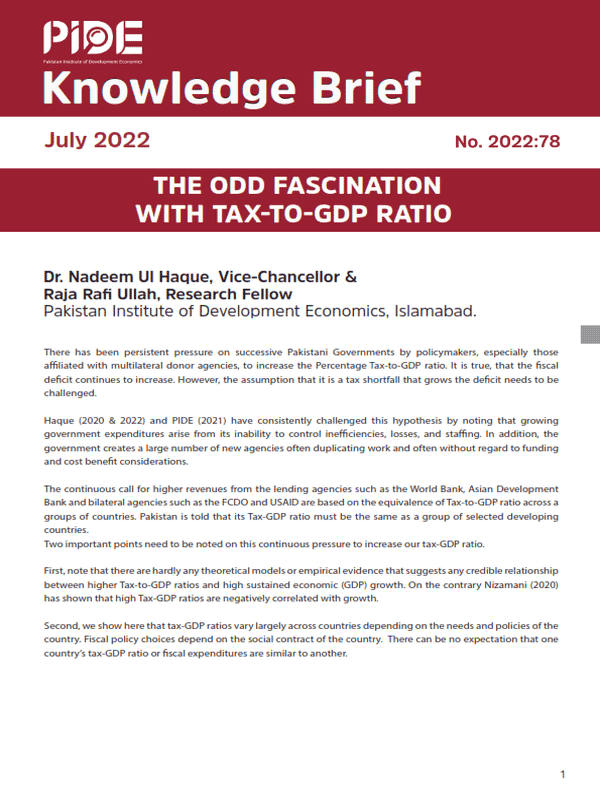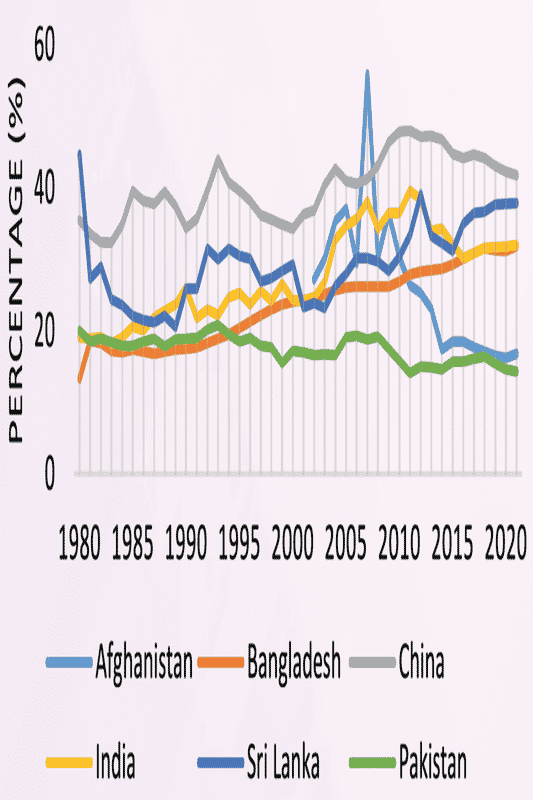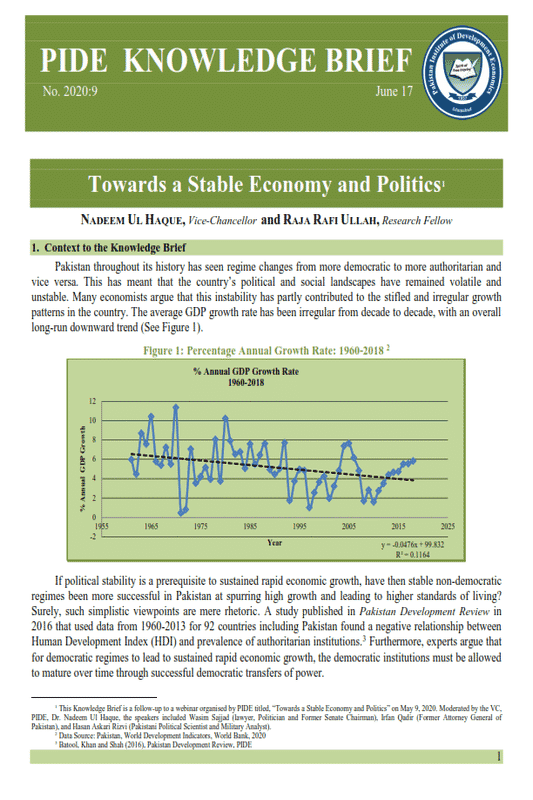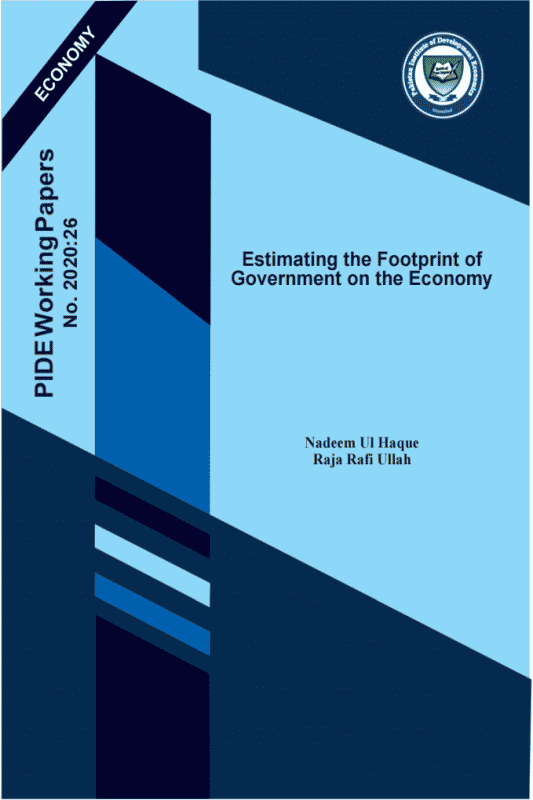Towards a Stable Economy and Politics (Policy)
Pakistan throughout its history has seen regime changes from more democratic to 1 more authoritarian and vice versa. This has meant that the country’s political and social landscapes have remained volatile and unstable. Many economists argue that this instability has partly contributed to the stifled and irregular growth patterns in the country. The average GDP …




